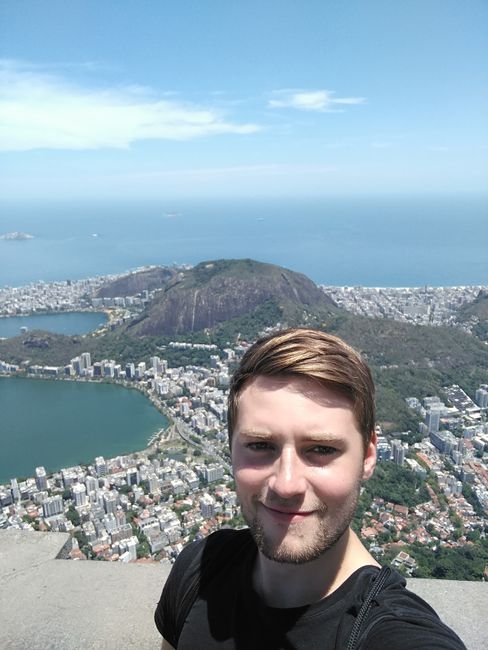Santiago de Chile
Foillsichte: 18.11.2017
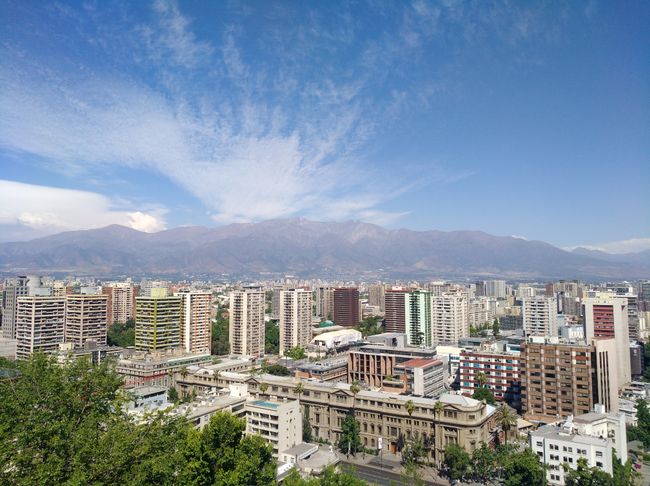
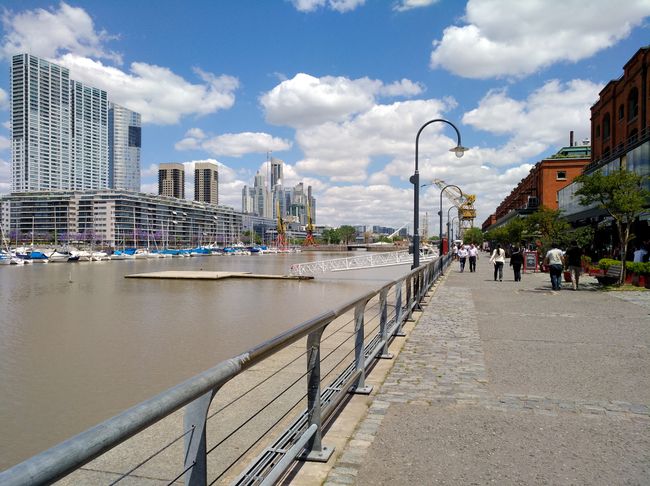
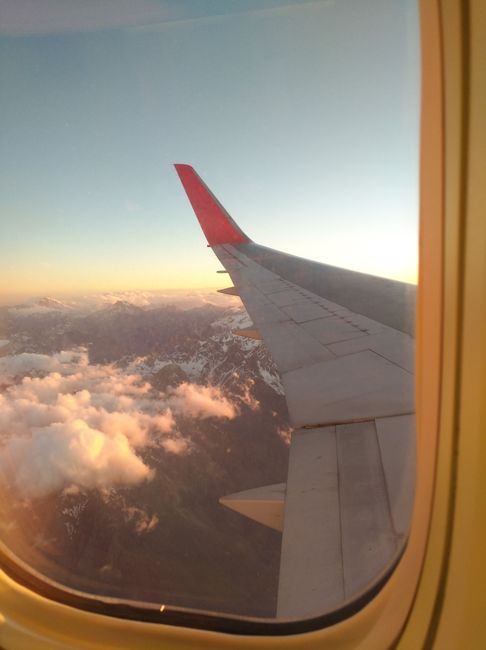
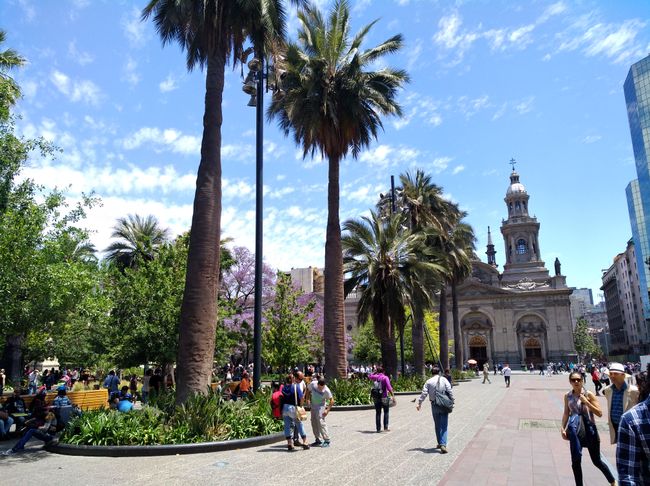
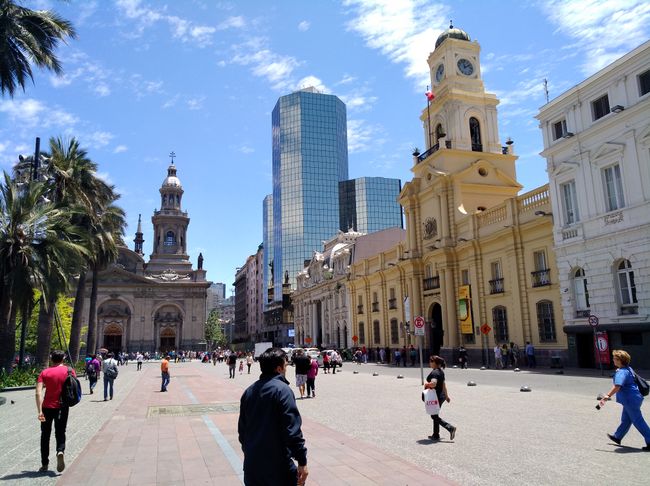
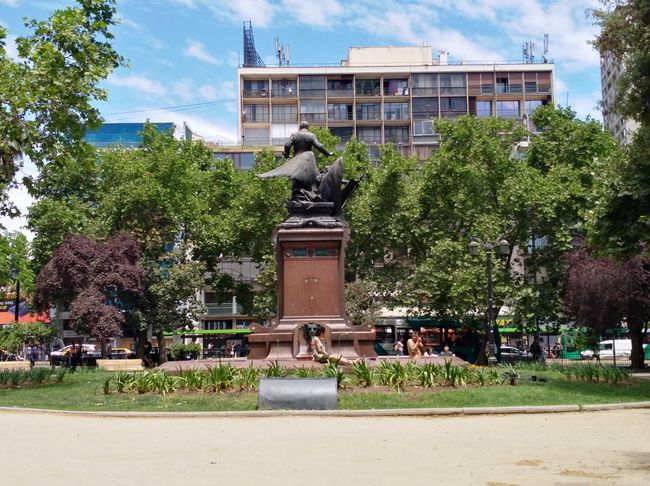
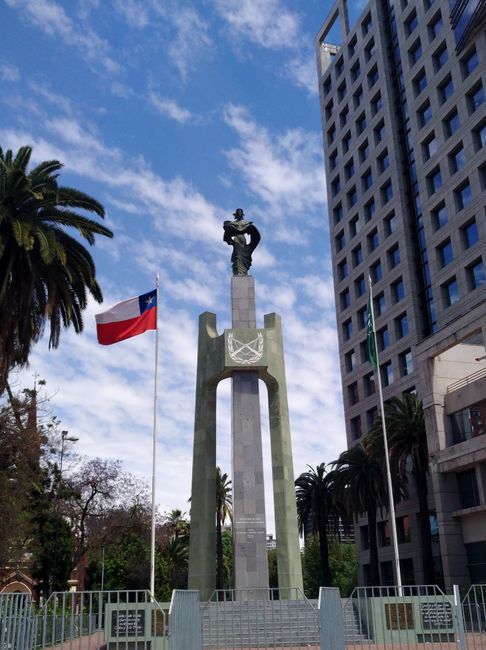
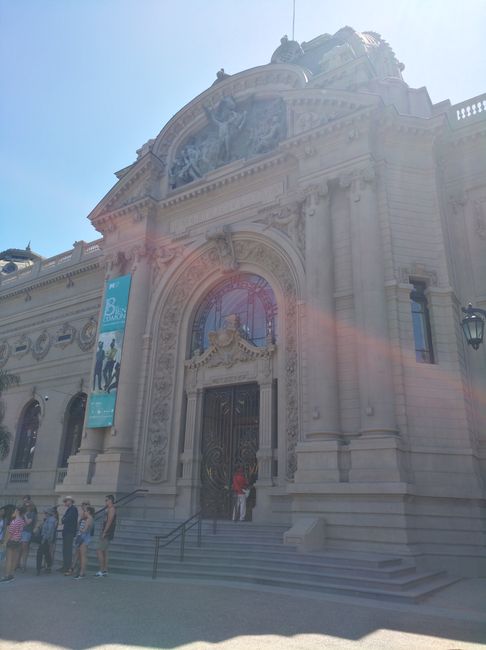
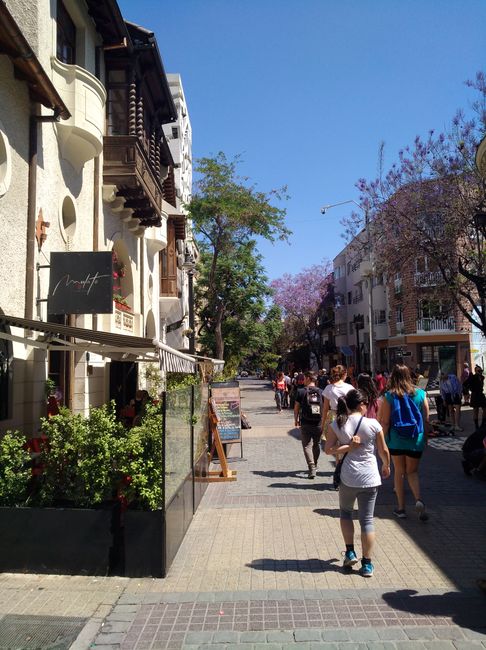
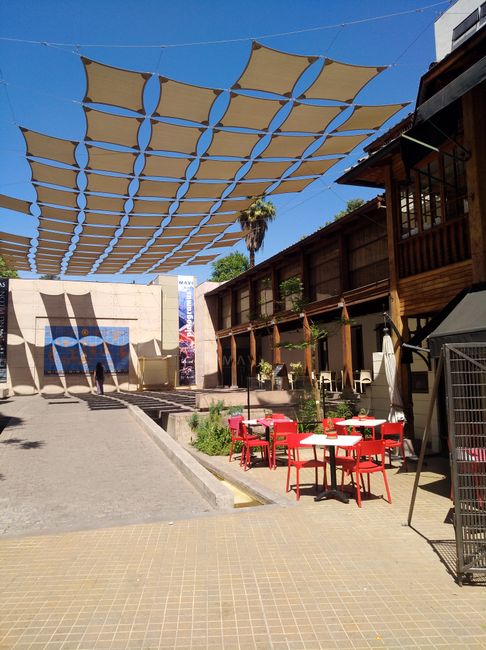
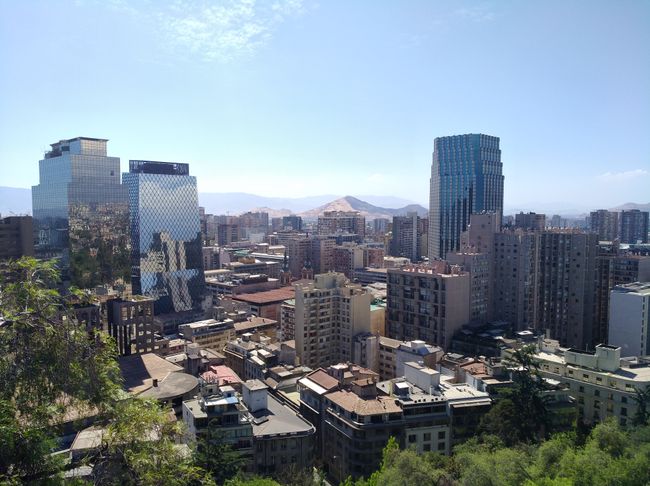
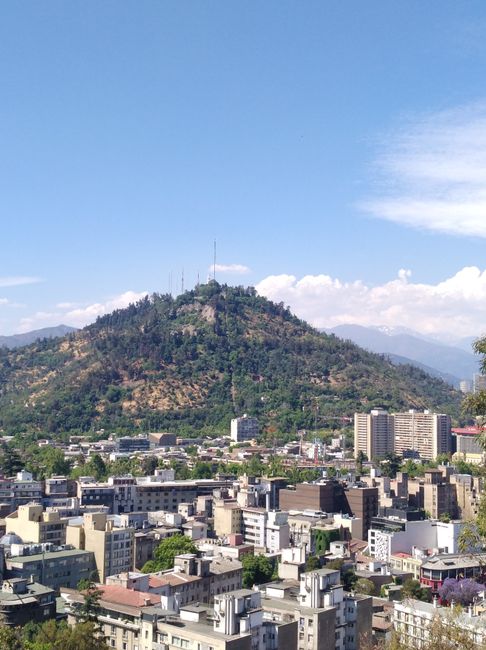
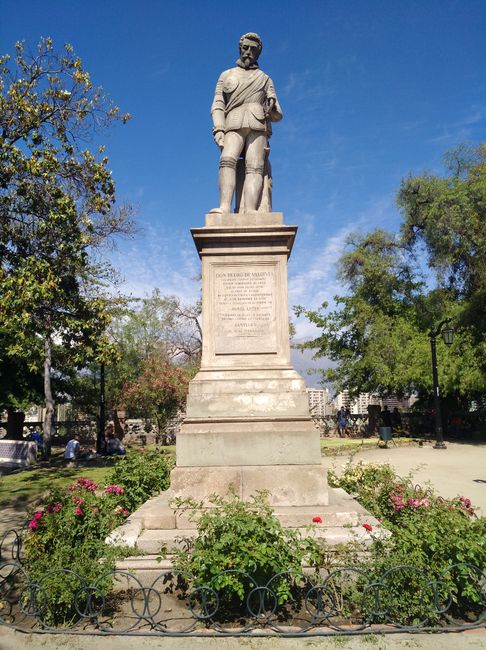
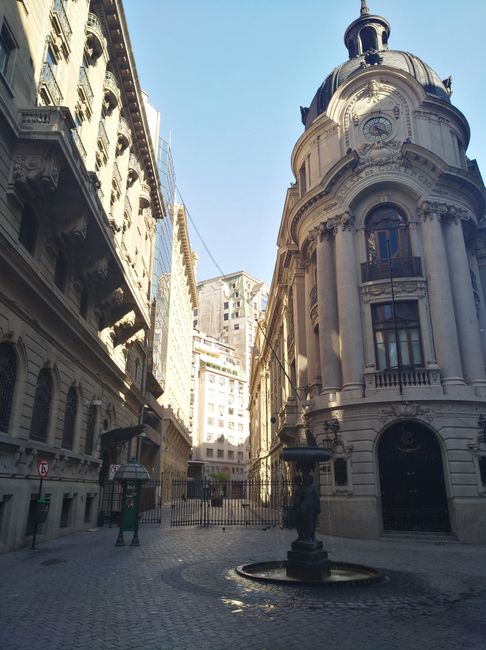
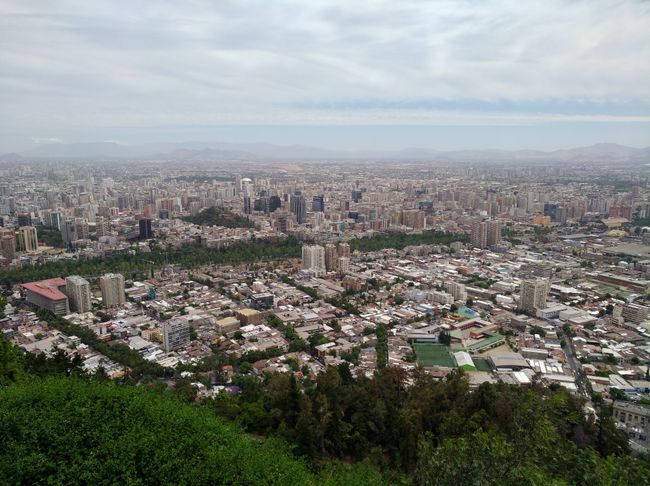
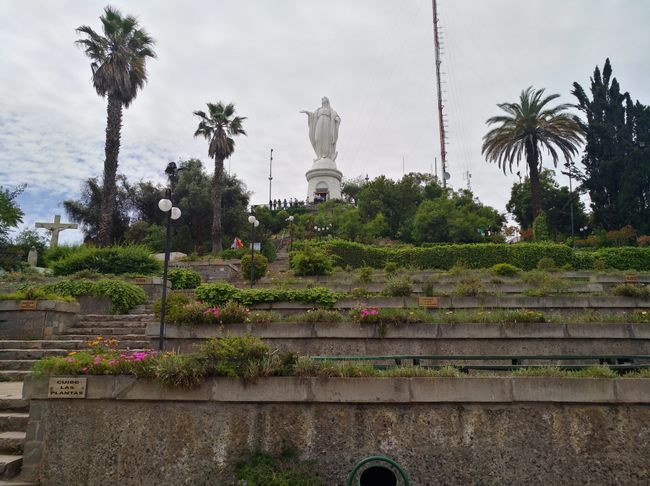
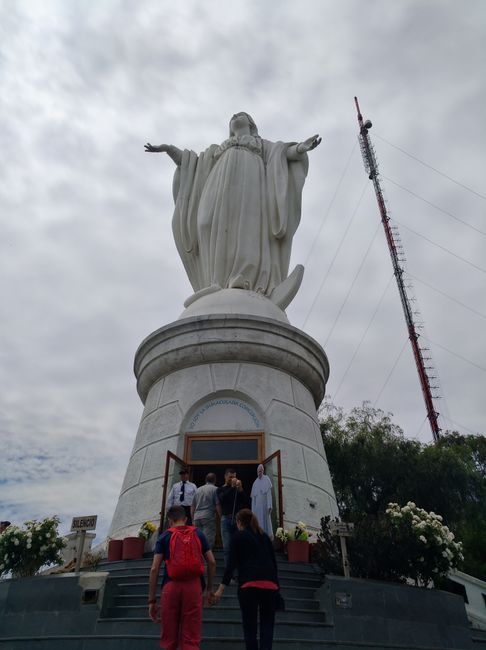
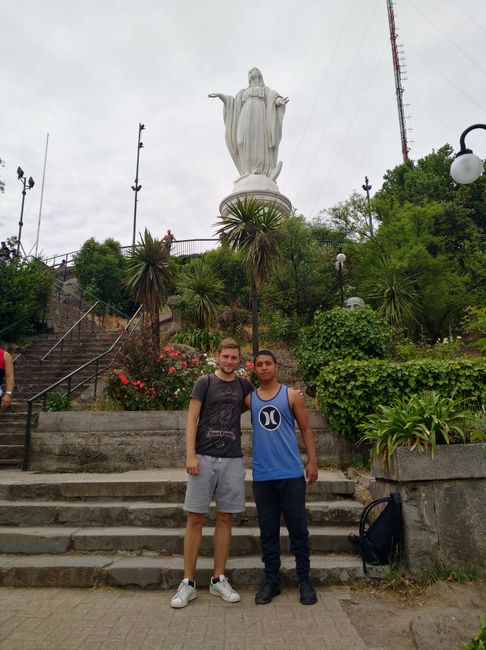
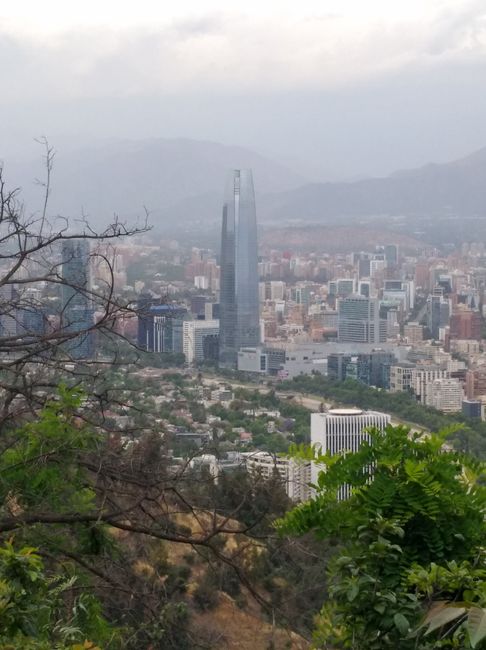
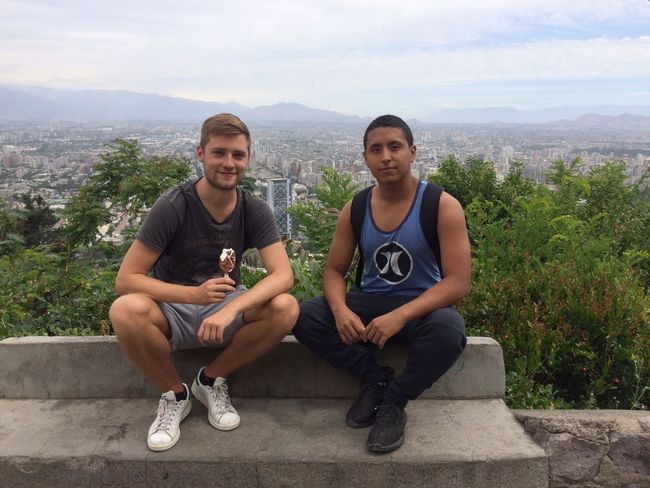
Subscribe to Newsletter
One and a half days later, most of which I spent in my room, it was time to head back to Buenos Aires. Upon re-entry, this time by sea, my impression of the airport was confirmed. Argentina has by far the most attractive border control personnel.
Arriving in Buenos Aires, I spent one or two hours in the modern docklands district of Puerto Madero and then made my way to the airport to take the two and a half hour flight to Santiago de Chile with Latam, which would be one of the most beautiful flights of my life. As the sun set, we flew over the Andes, and it was beautiful to see the deep red sun slowly sinking over the mountain glaciers.
Slowly but surely, my recently renewed passport is filling up with entry stamps. Chile is now the eighth different country I have visited in the past two months, and there may be double that number.
Santiago has a unique location for a city. Its residents can go skiing in the Andes in the morning and sunbathe on the Pacific coast in the afternoon. Both are only about an hour and a half away from Chile's capital.
There are cities all over the world called Santiago. For example, there is Santiago de Compostela in Spain, Santiago de Cali in Colombia, and Santiago de Guayaquil in Ecuador, which is why Chile's Santiago is officially called Santiago de Chile. However, since Santiago de Chile is the most well-known Santiago, 'Santiago' is usually enough to refer to it.
From the airport, I took an Uber to the hostel in the Providencia district, one of the quieter districts but still close to the city center. This is convenient for me.
The hostel staff is mainly volunteers from Spanish- or French-speaking countries who speak only very broken English. In my opinion, they are stranded people who have become too accustomed to hostel life.
The hostel guests are mostly couples from either the UK or Australia. Somehow, I meet a lot of British people in South America. The impending Brexit is always a topic of conversation, and I have heard a variety of opinions on it. The general consensus, however, is shaking heads and disbelief - as is the case with the rest of Europe.
But I'm starting to get really annoyed with this British Oxford English and Latin American Spanish. I miss the good old High German.
Lastly, fortunately, there are still some solo travelers like me in the hostels, so-called like-minded people, with whom you can have wonderful conversations. Unfortunately, there are not as many as I had hoped for, but at least there are a handful everywhere. Here, I had the opportunity to listen to some tips from a South Korean who intends to travel around the world in two years. However, his route is quite strange. He started from Southeast Asia to the Balkan countries and then explored South America from there. Next up, of course, is Russia. Nevertheless, he had some helpful tips, especially regarding Bolivia and Peru.
There was also a young Ecuadorian who is traveling for the first time in his life and wants to study in Argentina starting from Santiago. We also started exploring the city together. We started at Baquedano and walked along the banks of the Mapocho River. In general, I think you can't go wrong with a little green and water. However, this doesn't seem to be the case in Santiago. While the nearby park is still really beautiful, this crappy brown trickle is something that comes out when you forget to flush.
Therefore, after a while, we decided to turn left into the city center and made our way to Plaza de Armas, the heart of Santiago. This is the center of the city center of Santiago and the most well-known place in Santiago. Most cities in the Spanish Crown have a Plaza Mayor or Plaza de Armas (in English, something like the main square), which serves as a marketplace for the cities and where the most important buildings of a city are located. These include, for example, the town hall, the church, a hospital, or an arsenal.
Nowadays, the square is filled with huge plants, the pompous Metropolitan Cathedral, and many shops. There is a lot of hustle and bustle, and some local celebrities are present to discuss political or socially relevant topics.
A day later, mostly consisting of watching Bundesliga matches on the couch, I met Kai, a German-Chilean with the wonderful surname Ostermann-Valencia, who showed me the city in his own way.
We started at the beautiful Museum of Fine Arts, and he told me about one of the main problems that exist here in Chile - earthquakes. For me, coming from Germany, this was completely new territory, but earthquakes are not uncommon in Chile. According to Kai, the average Chilean experiences four severe earthquakes. Since he has already experienced two of this kind at the tender age of 26, the trend is likely to continue. A few weeks ago, there was a severe earthquake in Mexico with several hundred deaths and a magnitude of 7.1. According to Kai, such earthquakes in Chile are not even worth mentioning. Most buildings are now seismically secured so well that not much ends up in ruins anymore. Smaller earthquakes occur every few months.
The high seismic activity is due to plate tectonics. Chile is located on the Pacific Ring of Fire, a zone of high seismic and volcanic activity that extends around the Pacific Ocean. On one hand, Chile forms the western edge of the South American Plate, and on the other hand, the Nazca Plate begins directly in the sea. Both plates move towards each other by about 6 cm per year, and the Nazca Plate slides further and further under the South American Plate. The tensions that occur underground as a result of this movement result in earthquakes of varying intensities. The most severe earthquake ever recorded, the 1960 Valdivia earthquake with over 1,500 deaths, also occurred in Chile.
We continued through the colorful Lastarria neighborhood to Castillo Hidalgo on Cerro Santa Lucia. This was the fortress the Spanish built to defend against the indigenous population.
Cerro Santa Lucia is one of two large hills in Santiago, and both offer a great view of the entire city. This one is smaller but easier to climb. You can reach the top in a few minutes, but you have to be careful not to slip on the slippery steps. I almost slipped twice.
In the city center, we visited a church, the Palace of Justice, and the Palacio de la Modena, the government building. I wondered why the city was so empty, but Kai explained that today is election day in Chile, which is why there is a nationwide alcohol ban, among other things. In addition, most stores were closed, and people stayed at home. Our tour ended at Plaza de Armas, and I made my way home.
The journey home was always quite relaxed because it took only about 15 to 20 minutes to walk from the city center and return to the hostel. Santiago is a relatively safe city in South America, so you can still move freely in the evenings. Of course, caution and common sense are always advisable, but due to the enormous police presence, Santiago is one of the safest major cities on this continent. I was also told that the police officers here earn very good salaries and are generally very proud of their profession, so corruption is not a big problem.
The next day, I set off with Alejandro from Ecuador to the second hill in Santiago, Cerro San Cristobal. 880 meters high and a one-hour, strenuous hike from the base, but it was worth it. The view of the city and the Andes from the top was breathtaking. You could also see the Gran Torre Santiago. With over 300 meters, it is the tallest building in South America and simply gigantic.
At the summit, there was also a church, an amphitheater, and a 22-meter high statue of the Virgin Mary. Since some kind of church music was also playing there, the whole atmosphere felt like a pilgrimage. I really liked it, and we stayed there for almost an hour.
The first part of my stay in Chile is slowly coming to an end, and now I am heading to the coast, to the port city of Valparaiso. One of the hostel staff members told me that it is somewhat similar to Hamburg. Let's see if Carlos is right about that. I doubt it strongly...
Subscribe to Newsletter
Freagairt

